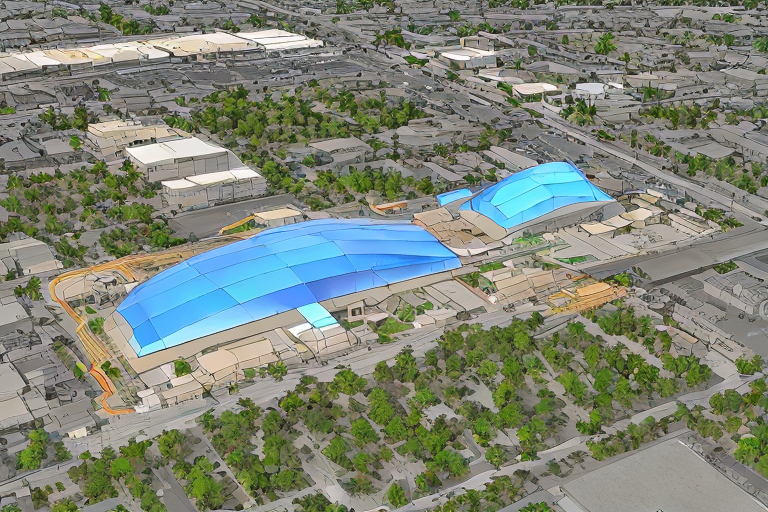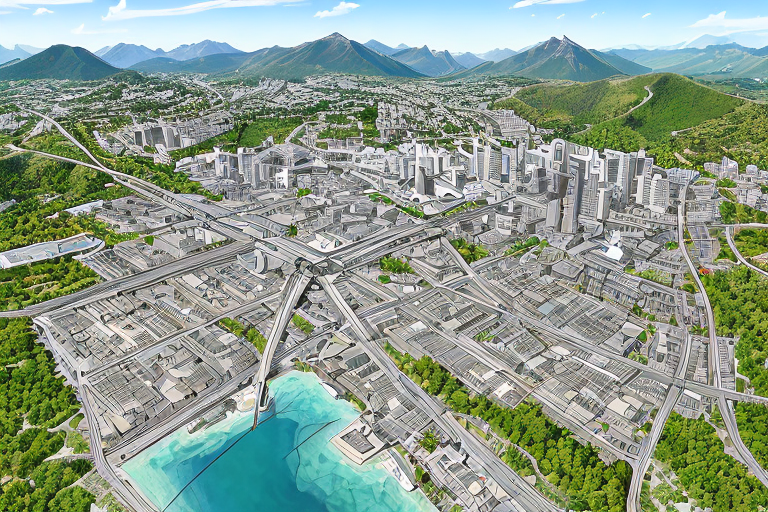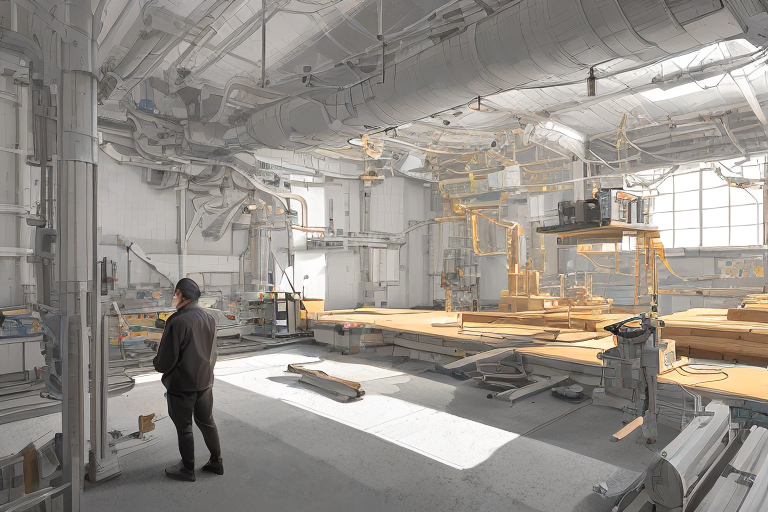건축 및 건축 산업의 증강 현실: 설계 및 계획 개선(Augmented Reality in the Building and Ar…
본문
건축 및 건축 산업의 증강 현실: 설계 및 계획 개선(Augmented Reality in the Building and Architecture Industry: Improving Design and Planning)

기사 "건축 및 건축 산업의 증강 현실: "설계 및 계획 개선"에서는 설계 및 계획 프로세스를 개선하기 위해 건축 및 건축 산업에서 증강 현실(AR) 기술이 사용되는 방식에 대해 논의할 것입니다.
AR이 이 산업에서 사용되는 주요 방법 중 하나는 건축가와 건설업자에게 그들의 디자인을 시각화할 수 있는 보다 몰입적이고 상호작용적인 방법을 제공하는 것입니다. AR을 사용하면 건축가와 건설업자가 설계의 디지털 모델을 실제 세계에 배치하고 이를 통해 잠재적인 설계 문제를 쉽게 발견하고 공사가 시작되기 전에 변경할 수 있습니다. 이를 통해 최종 제품을 보다 정확하고 현실적으로 표현할 수 있을 뿐만 아니라 보다 빠르고 효율적인 설계 반복을 수행할 수 있습니다.

AR은 또한 건축가, 건축가 및 고객 간의 협업을 개선하는 데 사용될 수 있습니다. 모든 사람이 동일한 디지털 모델을 보고 상호 작용할 수 있게 함으로써, AR은 더 효과적인 의사소통과 의사결정을 촉진하여 더 나은 결과로 이어질 수 있습니다.
한국에서는 건축 및 건축 산업에서 AR의 사용이 점점 더 광범위해지고 있습니다. 예를 들어, 한국건설기술연구원은 건축가들이 설계의 구조적 안정성을 시각화하고 분석할 수 있는 AR 시스템을 개발했습니다. 이 시스템은 설계 공정의 정확성과 효율성을 향상시키는 것으로 나타났으며, 한국의 많은 건설 회사들에 의해 채택되었습니다.
건축 및 건축 산업에서 AR이 사용되는 또 다른 예는 AR 기반 설계 검토 도구의 사용입니다. 이러한 도구를 통해 건축가와 건설업자는 물리적 모형이나 프로토타입 없이도 빠르고 쉽게 설계 변경사항을 검토하고 승인할 수 있습니다. 이것은 낭비를 줄일 뿐만 아니라 시간과 돈을 절약할 수 있습니다.

결론적으로 AR은 설계 및 계획 프로세스를 개선하고 협업 및 커뮤니케이션을 촉진하며 보다 효율적이고 정확한 의사 결정을 가능하게 함으로써 건축 및 건축 산업에 상당한 영향을 미치고 있습니다.
이 기사는 건축 및 건축 산업에서 증강 현실(AR) 기술의 사용에 대해 논의합니다. AR은 건축가와 건축가에게 디자인을 시각화할 수 있는 보다 몰입적이고 상호작용적인 방법을 제공함으로써 디자인 및 계획 프로세스를 개선하는 데 사용되고 있습니다. AR을 사용하면 설계자는 설계의 디지털 모델을 실제 세계에 배치하고 이를 통해 더 빠르고 효율적인 설계 반복과 최종 제품의 더 정확한 표현을 수행할 수 있습니다. AR은 또한 모든 사람이 동일한 디지털 모델을 보고 상호 작용할 수 있도록 함으로써 건축가, 건축가 및 고객 간의 협업을 개선하고 있습니다. 한국건설기술연구원이 설계의 구조적 안정성을 시각화하고 분석할 수 있는 AR 시스템을 개발하는 등 건축 및 건축 산업에서의 AR 활용이 점차 확산되고 있습니다. AR 기반 설계 검토 도구를 사용하여 설계 변경 사항을 빠르고 쉽게 검토하고 승인함으로써 시간과 비용을 절약하고 낭비를 줄이고 있습니다.
The article "Augmented Reality in the Building and Architecture Industry: Improving Design and Planning" likely discusses the ways in which augmented reality (AR) technology is being used in the building and architecture industry to enhance the design and planning process.
One of the key ways AR is being used in this industry is to provide architects and builders with a more immersive and interactive way to visualize their designs. With AR, architects and builders can place digital models of their designs into the real world and walk through them, making it easier to spot potential design problems and make changes before construction begins. This can lead to faster and more efficient design iterations, as well as more accurate and realistic representations of the final product.
AR can also be used to improve collaboration between architects, builders, and clients. By allowing everyone to see and interact with the same digital models, AR can facilitate more effective communication and decision making, leading to better outcomes.
In Korea, the use of AR in the building and architecture industry is becoming increasingly widespread. For example, the Korea Institute of Construction Technology has developed an AR system that allows architects to visualize and analyze the structural stability of their designs. This system has been shown to improve the accuracy and efficiency of the design process, and has been adopted by many construction companies in Korea.
Another example of AR being used in the building and architecture industry is the use of AR-powered design review tools. These tools allow architects and builders to quickly and easily review and approve design changes, without the need for physical mock-ups or prototypes. This can save time and money, as well as reduce waste.
In conclusion, AR is having a significant impact on the building and architecture industry, by improving the design and planning process, facilitating collaboration and communication, and enabling more efficient and accurate decision making.
The article discusses the use of augmented reality (AR) technology in the building and architecture industry. AR is being utilized to enhance the design and planning process by providing architects and builders with a more immersive and interactive way to visualize their designs. With AR, architects can place digital models of their designs into the real world and walk through them, allowing for faster and more efficient design iterations and more accurate representations of the final product. AR is also improving collaboration between architects, builders, and clients by allowing everyone to see and interact with the same digital models. The use of AR in the building and architecture industry is becoming increasingly widespread in Korea, with the Korea Institute of Construction Technology having developed an AR system to visualize and analyze the structural stability of designs. AR-powered design review tools are also being used to quickly and easily review and approve design changes, saving time and money while reducing waste.






















댓글목록 0